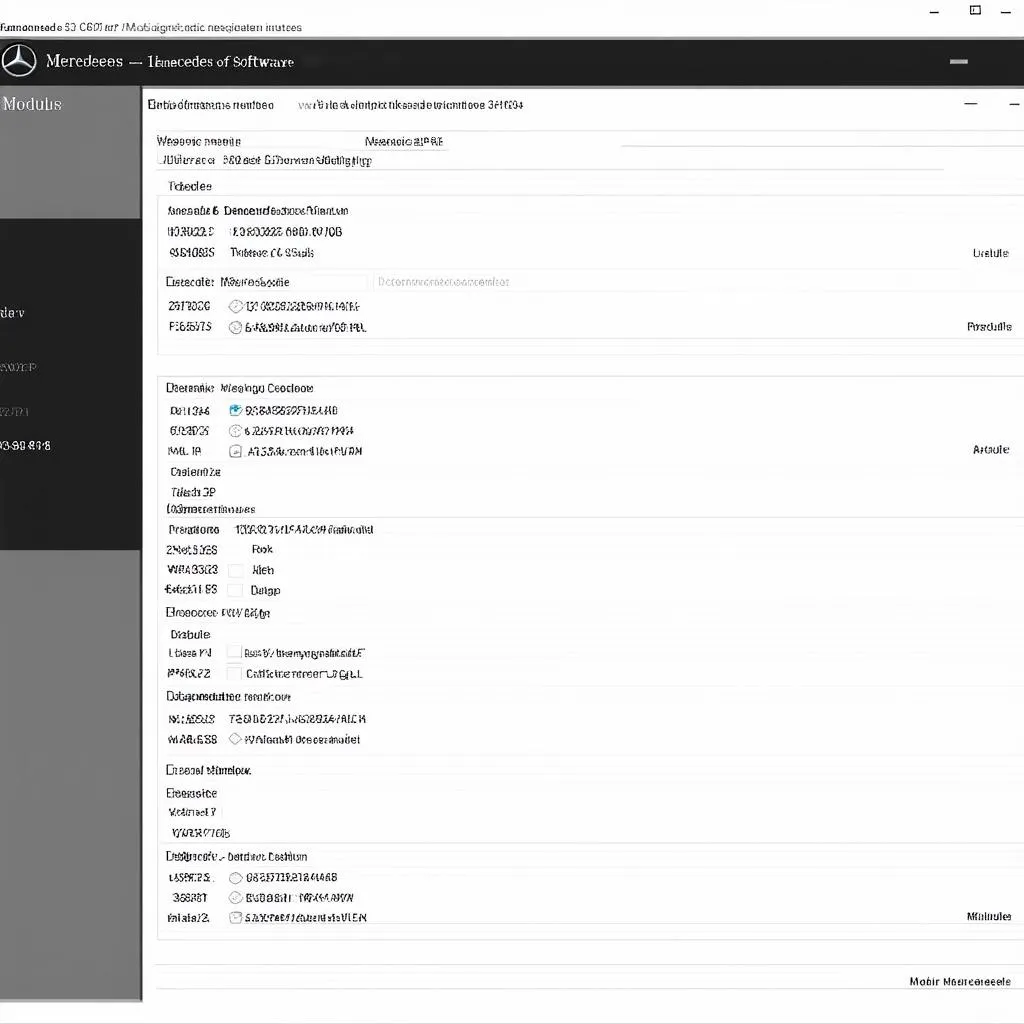Is your Mercedes Benz cigarette lighter not working? This is a frustratingly common issue, but don’t worry, it’s usually an easy fix. Whether you’re trying to charge your phone or light up, a broken cigarette lighter can be a real inconvenience. This comprehensive guide will walk you through the common causes and provide a step-by-step approach on how to fix a Mercedes Benz cigarette lighter. Let’s get started!
Why is My Mercedes Cigarette Lighter Not Working?
Before we dive into the solutions, it’s essential to understand the usual suspects behind a malfunctioning cigarette lighter:
- Blown Fuse: The most common culprit is a blown fuse. This can happen due to a power surge or even plugging in an incompatible device.
- Faulty Cigarette Lighter: The lighter itself might have worn out or become damaged over time.
- Wiring Issues: Loose or damaged wiring connections within the cigarette lighter socket can also cause it to stop working.
- Burned Out Socket: Excessive heat from a malfunctioning device can damage the socket itself.
blown-car-fuse|blown fuse|Close-up image of a blown fuse with a broken wire, against a black background.
Identifying the Problem
To fix your Mercedes Benz cigarette lighter, you first need to pinpoint the root of the problem. Here’s how:
- Check the Fuse: Locate your Mercedes’ fuse box (usually under the dashboard or in the glove compartment). Consult your owner’s manual for the exact location and the fuse diagram. Look for the fuse that corresponds to the cigarette lighter (often labeled as “CIG” or “PWR OUTLET”). If the fuse has a broken wire or a dark, discolored appearance, it’s blown.
- Inspect the Lighter: With the car off, gently try to push in the cigarette lighter. Does it feel springy and return to its original position? If it feels stuck, loose, or doesn’t heat up, the lighter itself may be faulty.
- Examine the Socket: Visually inspect the cigarette lighter socket for any debris, dirt, or damage.
car-cigarette-lighter-socket|car cigarette lighter socket|A close-up image of the interior of a car’s cigarette lighter socket, showing the metal connectors and potential dirt or damage.
What You’ll Need
- Replacement Fuse: Make sure you get the correct amperage fuse for your Mercedes model (refer to your owner’s manual).
- Needle-Nose Pliers: Helpful for removing and replacing fuses safely.
- Owner’s Manual: Provides specific information about your vehicle’s fuse box, wiring diagrams, and procedures.
- Optional: Multimeter: For testing electrical continuity in the cigarette lighter circuit if you suspect wiring issues.
car-fuse-box-diagram|car fuse box diagram|An image of a car’s open fuse box with a fuse diagram highlighting the specific fuse for the cigarette lighter.
How to Fix a Mercedes Benz Cigarette Lighter
1. Replacing a Blown Fuse
- Locate the Blown Fuse: As described above, consult your owner’s manual and use the fuse diagram to identify the correct fuse for the cigarette lighter.
- Remove the Fuse: Use needle-nose pliers to carefully grip and remove the blown fuse from the fuse box.
- Install the New Fuse: Insert the new fuse of the same amperage into the empty slot. Ensure it’s securely in place.
2. Replacing the Cigarette Lighter
- Disconnect the Battery: Disconnect the negative (-) terminal of your car battery as a safety precaution.
- Access the Lighter Socket: You may need to remove trim panels or components surrounding the cigarette lighter socket to access it fully. Refer to your owner’s manual for specific instructions.
- Disconnect the Wiring: Carefully disconnect the wiring harness connected to the back of the cigarette lighter socket.
- Remove and Replace: Unscrew or unclip the old socket and replace it with the new one. Connect the wiring harness and reassemble any removed trim panels.
- Reconnect Battery: Reconnect the negative (-) terminal of your car battery.
3. Addressing Wiring Issues
Note: Wiring issues can be complex. If you’re not comfortable working with automotive wiring, it’s best to consult a qualified mechanic.
- Disconnect the Battery: As always, safety first. Disconnect the negative terminal of the battery.
- Access the Wiring: Reach the back of the cigarette lighter socket, carefully inspect the wiring for any signs of damage, looseness, or corrosion.
- Repair or Replace: If you find any issues, you can try to repair the wiring (if you have experience) or replace the affected sections. Secure all connections properly.
- Reconnect Battery: Reconnect the negative battery terminal.


